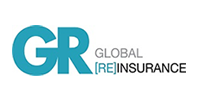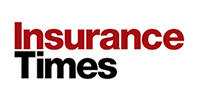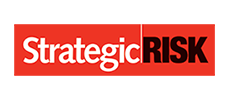Expect some trouble ahead as international market slow-downs make their impact felt,
says economist Joe Nellis.
The Irish economy entered the new millennium with an average growth rate of 9.7% for the period 1995 to 2000, which culminated in a spectacular 11.5% growth rate last year. However, in recent months, doubts have been circulating about how growth and inflation rates can be managed. Harbingers of doom point to an increase in inflation (from 1.6% in 1999 to 5.6% in 2000) as evidence that inflationary pressures are building up.
But there's no reason to panic yet. Develop-ments in the first half of 2001 suggest that moderating growth, in terms of both domestic and export demand, has resulted in the economy adjusting to a more sustainable growth trajectory.
Government forecasts suggest economic growth will slow to 7.2% this year and decline further to an annual average rate of 5% over the period from 2003 to 2005. This reflects a slow-down in the US, UK and EU export markets and less favourable trading conditions in some technology sectors. Activity at home has been adversely affected by measures to abate the impact of foot-and-mouth disease, with the hardest hit sectors being agri-food, distribution and tourism.
Confidence holding up
Household spending grew last year by 10%. This was aided by a one-third increase in new car registrations. Retail sales were only up 2.3% in the first five months of 2001, compared with figures for the same period last year. When spending on cars is excluded, this figure increases to 8.5% - indicating consumer confidence and domestic demand remain robust.
This is underpinned by a labour market which is close to full employment and forecast to create a further 52,000 jobs this year.
However, the most recent employment data has sounded a note of caution. While high levels of employment historically promote consumer confidence, increases in measured unemployment, such as those recorded in July, can quickly dent optimism. High-profile redundancies, such as those announced at Rank Xerox in Dundalk and Dell in Cork, will undoubtedly affect consumer confidence. Even more worrying is that the announcement of large-scale redundancies at Gateway and General SemiConductor have yet to appear in official statistics.
Strong export performance and the decline of the euro against the dollar and sterling supported a 17.9% increase in merchandise exports last year. This was underpinned by increased capacity in the foreign-owned electrical, organic chemicals and office machinery sectors, which recorded export values of 49%, 47% and 29% respectively. Exports in the next 12 months will depend on any dollar and/or sterling devaluation and the fallout from slow-downs in the US, UK and EU markets, which account for almost 80% of Ireland's exports.
On balance, prospects for the economy are favourable. Inflationary pressures are unlikely to be a problem in the context of a slow-down in the global economy. However, industries in the manufacturing and service sectors still face a number of important challenges in the context of risks to the economy.
Challenges and concerns
In conclusion, prospects for the economy are finely balanced. While inflationary risks have eased, there is some concern about a possible slow-down in economic activity in key export markets. The challenge facing Irish producers is to maintain competitiveness in an environment where wage demands threaten to outstrip productivity and appreciation of the euro will place a premium on controlling costs. The openness of the economy will ultimately mean that a failure to improve competitiveness may result in lower levels of growth and declining employment. The effects of recent events in the US cannot be ignored.





































